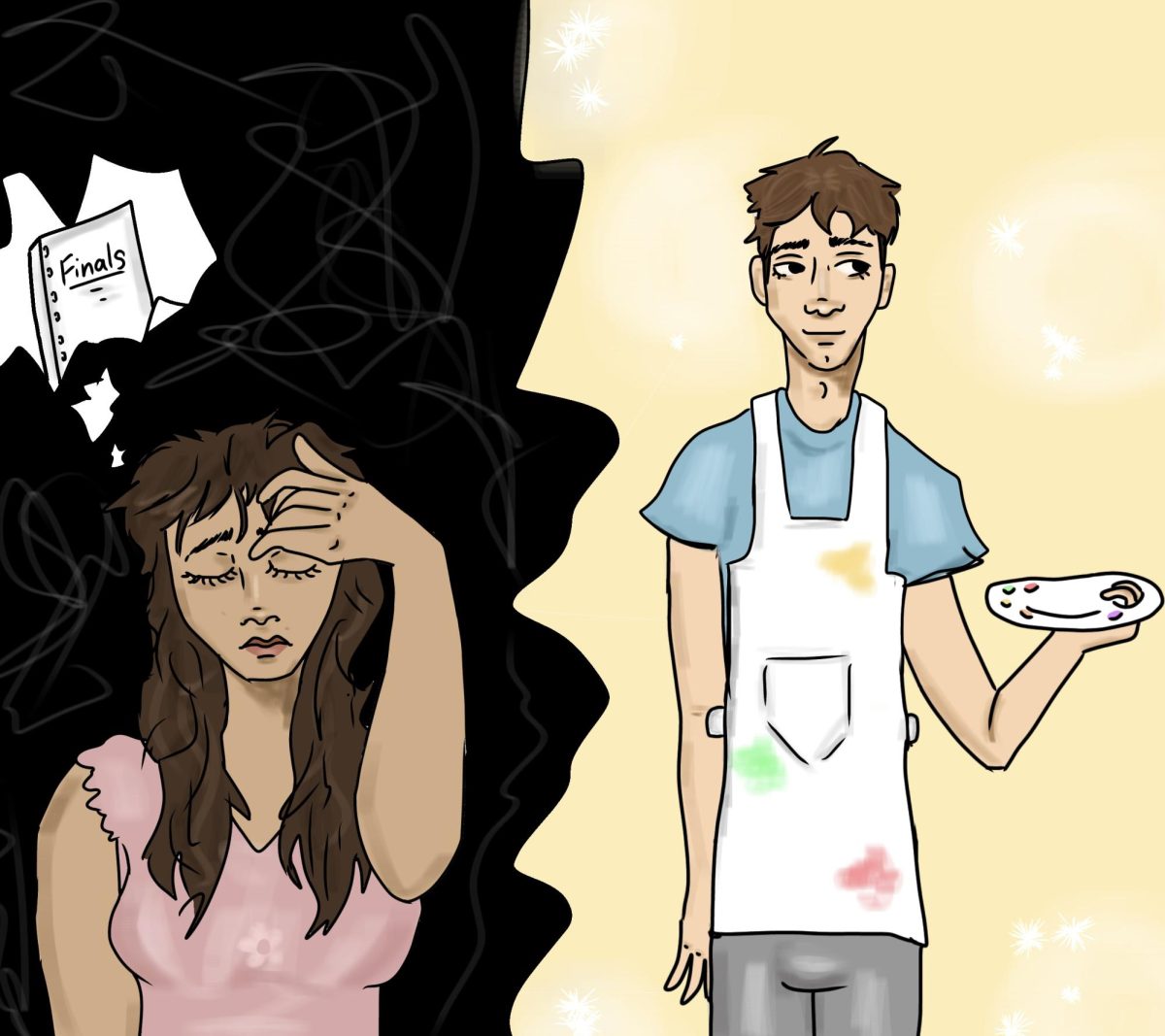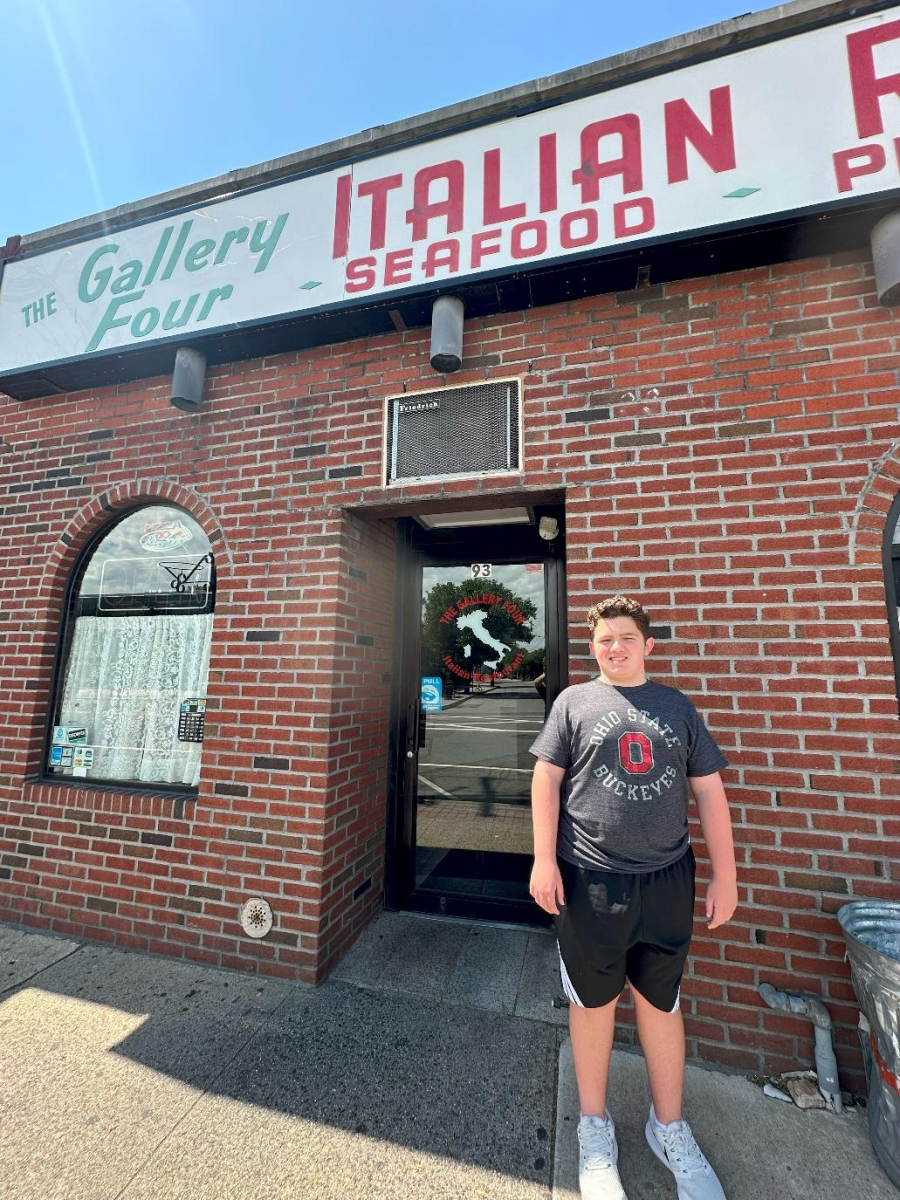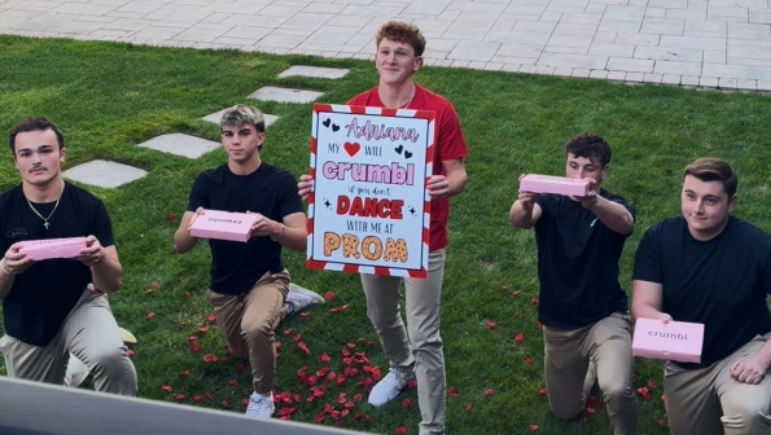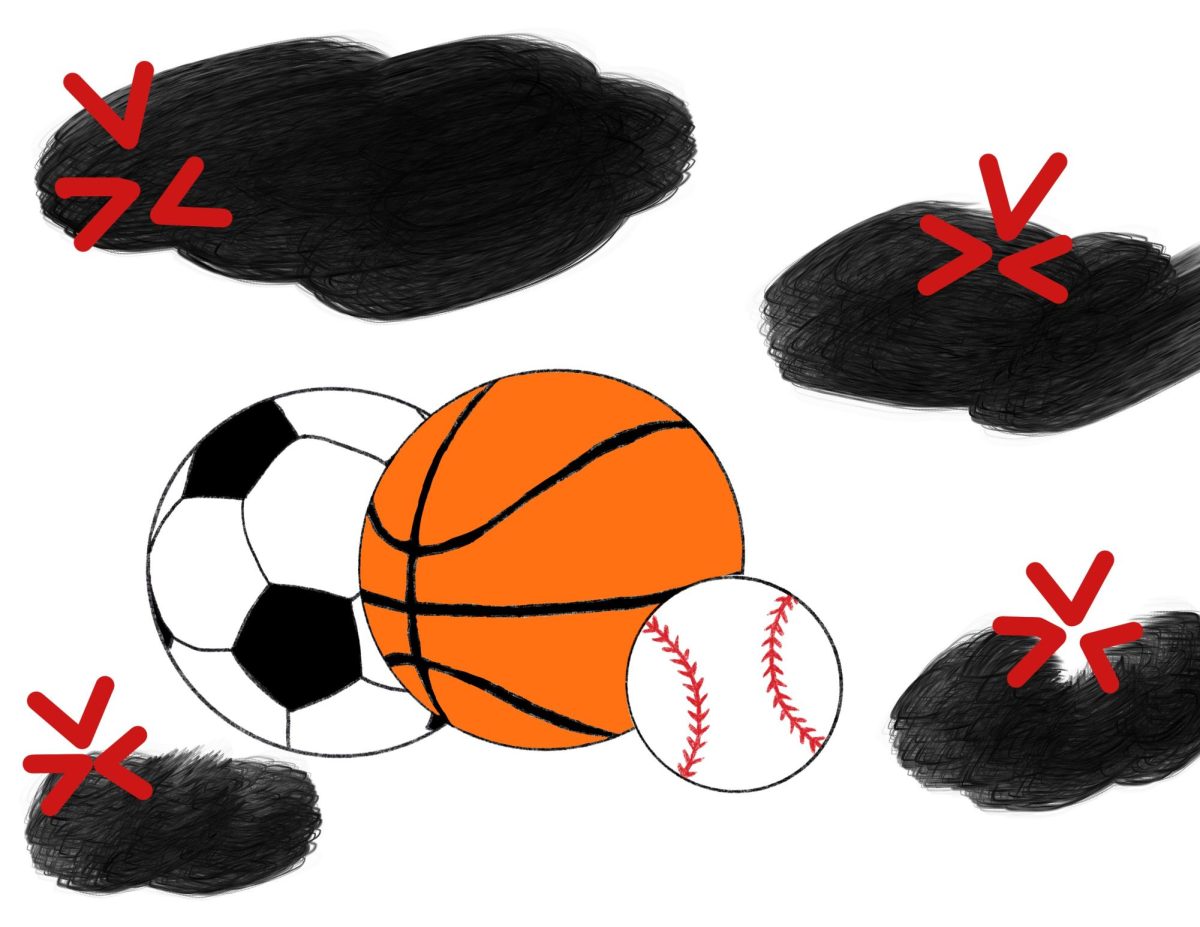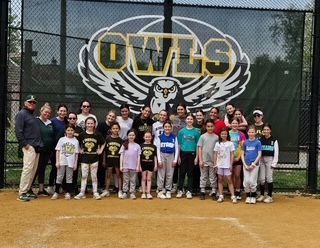Christmas Lights Are Harmful To The Environment
The sound of laughter fills the air while children unwrap their brightly colored and beautifully wrapped gifts. Parents set the table with the most exceptional silverware. The tree is lit with hundreds of twinkling lights, while the aroma of gingerbread, hot chocolate, and cookies surges through the air. Christmas is full of relaxation, bliss, and joyful people. Although many families enjoy Christmas, they forget about the harmful effects our environment faces around this time of year.
Christmas lights, although they may be pleasing to the eye, have done more damage than their aesthetic benefit. According to an Azo CleanTech article (azocleantech.com) entitled, “Have Yourself a Merry Environmental Christmas,” it is estimated that 150 million light sets are sold in America each year. The US Department of Energy stated that the holiday lighting consumes over six terawatts of energy per year, which is equivalent to the total monthly energy consumption by around 500,000 homes. This is 500,000 homes yearly just for the usage of Christmas lights! People are usually extremely conscientious about their energy usage and how much they would pay for energy, but when it comes to Christmas, they abandon all goals of keeping their energy consumption low.
Additionally, Christmas lights also disturb people’s health. With excess use of lights, the amount of melatonin a person produces increases, which can result in headaches and an increase in anxiety.
“Christmas lights are pretty and have a good vibe. They are the least of our problems,” stated Mathew Redash, a junior. But environmental issues challenge beliefs such as these. Global warming is getting worse, and people are simply intensifying the effects. The consequences of wasteful light usage are catastrophic. Light pollution also is a consequence of Christmas lights. Lights, like Christmas lights, stay lit for an excessive amount of time while washing out stars in the sky, which disrupts ecosystems of nocturnal wildlife.
Instead of using the original detrimental Christmas lights, people should switch over to LED lights. LED lights use 75% less energy than incandescent bulbs and do not get as hot. Since LED lights do not get as hot, they are safer to use on trees, and they also reduces the risk for a fire when compared to traditional lights. LED lights also reduces electricity bills, meaning people can use them for a more extended amount of time without paying as much. Another benefit is that LED lights do not impair the environment as much as incandescent bulbs. “I think Christmas lights look nice and create a certain ambience, but if there are safer methods, then of course they should be utilized,” stated Johnny Lu, a sophomore. However, others disagree: “I like Christmas lights and feel that they add to the magic of Christmas time, but it is not worth destroying our environment” stated Julio Torres, a junior. Although the initial cost of LED lights is more steep than standard lights, LED lights do not burn out and they only dim, so people do not have to worry about replacing bulbs as frequently.
Christmas should mean more than just lights and decorations. Do people really need lights to call it Christmas if it means putting the environment at risk?

I am a member of the Class of 2022 at LHS. I love to draw and paint. I look forward to contributing and writing articles for Horizon.






